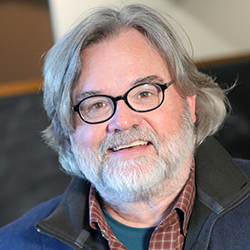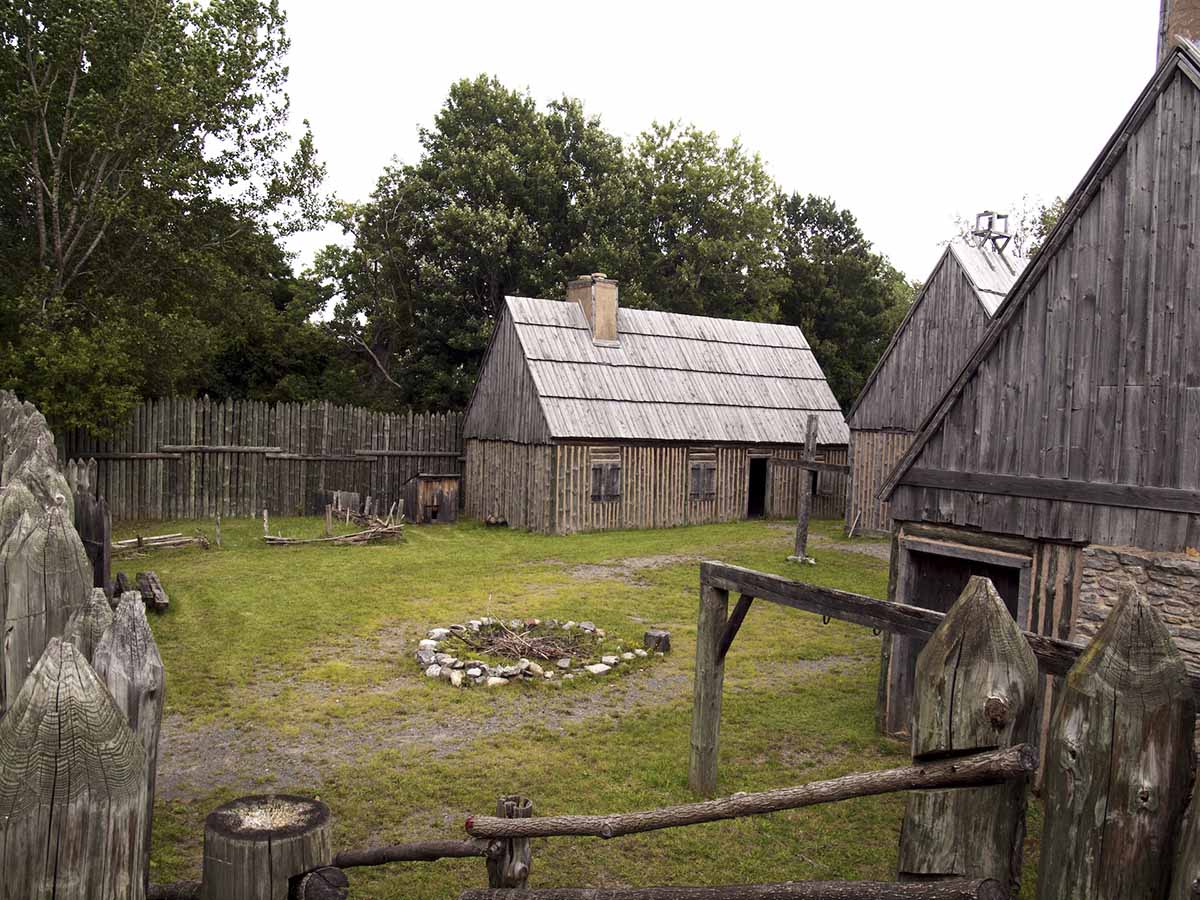DiCaprio and ‘The Revenant:’ Indigenous Wisdom and Human Survival
As we head into the Academy Awards this weekend, we should visit Leonardo DiCaprio’s acceptance speech at the Golden Globe Awards on 10 January, which concluded with his honoring Indigenous Peoples.
He said, “It is time that we recognize your history and that we protect your indigenous lands from corporate interests and people that are out there to exploit them. It is time that we heard your voice and protected this planet for future generations.”
This powerful statement calls forth the combined protection of Indigenous Peoples’ lands, traditions, languages and ceremonial practices–or what Indigenous Peoples around the world have come to call “de-colonization.” As human survival has now become the face of climate change, it raises a profoundly important question for our age. Is Indigenous wisdom, or “religion”– their way of being in the world–directly related to our current state that is jeopardizing the material survival of human beings? This seems to be graphically depicted in DiCaprio’s recent film “The Revenant.”
The central theme of the film deals with incredible loss, hinged on the only element of hope of a future through Hawk, the half Native son of fur trapper Hugh Glass. That vision is thwarted when Hawk is violently killed as Glass lay wounded and forced to watch. But this only mirrors the grief from loss and revenge that is endemic on the frontier. Native Americans and White “Settlers” are thrown into opposition, where hunting and killing becomes the impetus behind the commodification of the landscape. Grief grows exponentially. The entire economy of this part of world is based on the fur trade, which involves the mass slaughter of animals, and the cultural genocide of the people who live in balance with the natural world. The commodification of the “frontier,” also justifies the military invasion of Indigenous Peoples and lands. “America” was built on a landscape of grief. Depredations of globalization so feared in the 21st century began for Indigenous Peoples in the 15th with the European “discoveries” in the so-called New World.
Going back an additional thousand years, the Haudenosaunee (called “Iroquois” by Jesuit missionaries) also tell of a period when clans and nations were embroiled in revenge killings. The people kept moving deeper and deeper into unresolved grief. Before this destructive violence extended further into the natural world, a Peacemaker arrived to deliver a message called the Great Law of Peace. This instruction would restore balance through a protocol of Condolence, followed by a protocol of Thanksgiving, which effectively united Five Nations into the Haudenosaunee Confederacy. This event occurred at Onondaga Lake (near Syracuse, NY) in the homeland of the Onondaga Nation. Today, the Haudenosaunee Confederacy continues this ancient protocol of Peace when they convene at Onondaga.
American is in deep grief–a grief that has permeated the landscape. How do we console the land? A dream sequence in the Revenant takes place in the ruins of a church, where Glass and the ghost of Hawk encounter one another–we notice a bell swinging silently. There is no consoling message coming from the Church–it stands in ruin. As a professor of indigenous/colonial religions, this scene references the Doctrine of Christian Discovery, which is based in a series of 15th century Papal Bulls (letters from the Pope) that justified the conquest, seizure, and exploitation of non-Christian lands by Christian explorers. It justified the trans-Atlantic slave trade and fueled the Age of Discovery. Extractive economic activity took hold throughout the Americas, first for gold, silver, coal, oil, and the enslavement of people. Later, extending to the commodified ‘gifts’ of Indigenous Peoples, like, beaver pelts, corn, tobacco, potatoes, tomatoes, peanut butter, sugar, etc.
Today, the Doctrine of Discovery remains a fundamental feature of U.S. property law. In 1823–the very date in which The Revenant is set–US Supreme Court Justice John Marshall, ruled in Johnson v. M’Intosh, that Indigenous title to land is dissolved when Christian discoverers enter Indigenous territories. First year law students cover this in their introductory property law classes. As recently as 2005, in the landmark case, Oneida v. Sherrill, Justice Ginsburg cited the Doctrine of Discovery to emphasize that no remedy exists for the theft of Indigenous Peoples’ lands under federal law.
The ancient Indigenous knowledge of living in healthy relationships with the natural world is vitally needed in the world today. The grief of a continuously colonizing worldview that is wholly dependent on an extractive economy, stands in the way of immigrant-settler people ever hearing this urgent message. The Revenant reminds us of the violent foundational past that set us on a course of destruction. Besides the obvious regret of missed opportunities, is there time to change course–time to heal?
SUGGESTED CITATION
Philip P. Arnold, "DiCaprio and 'The Revenant:' Indigenous Wisdom and Human Survival," Doctrine of Discovery Project (5 February 2016), https://doctrineofdiscovery.org/blog/dicaprio-revenant/.
Share on
Twitter Facebook LinkedInDonate today!
Open Access educational resources cost money to produce. Please join the growing number of people supporting The Doctrine of Discovery so we can sustain this work. Please give today.

